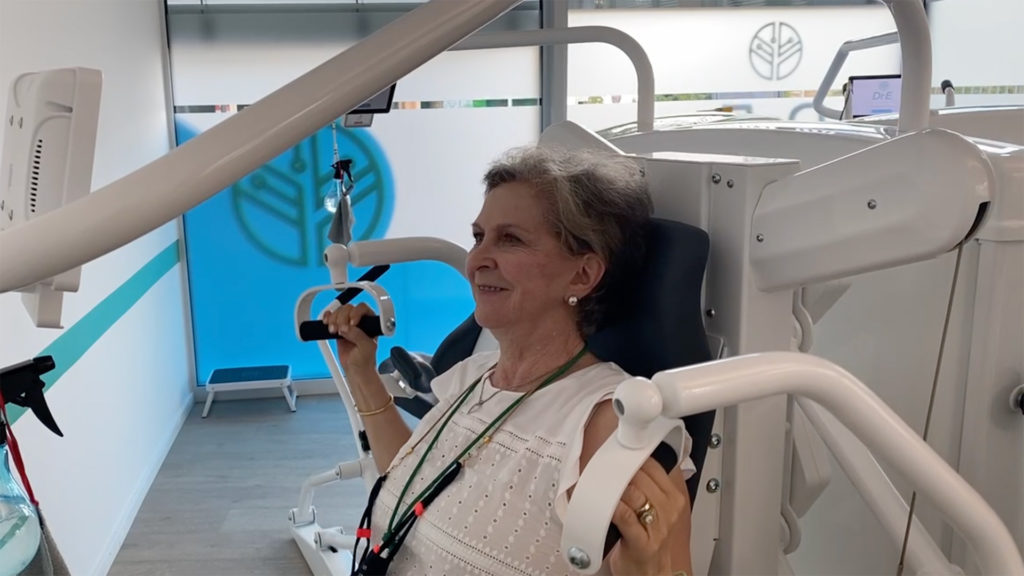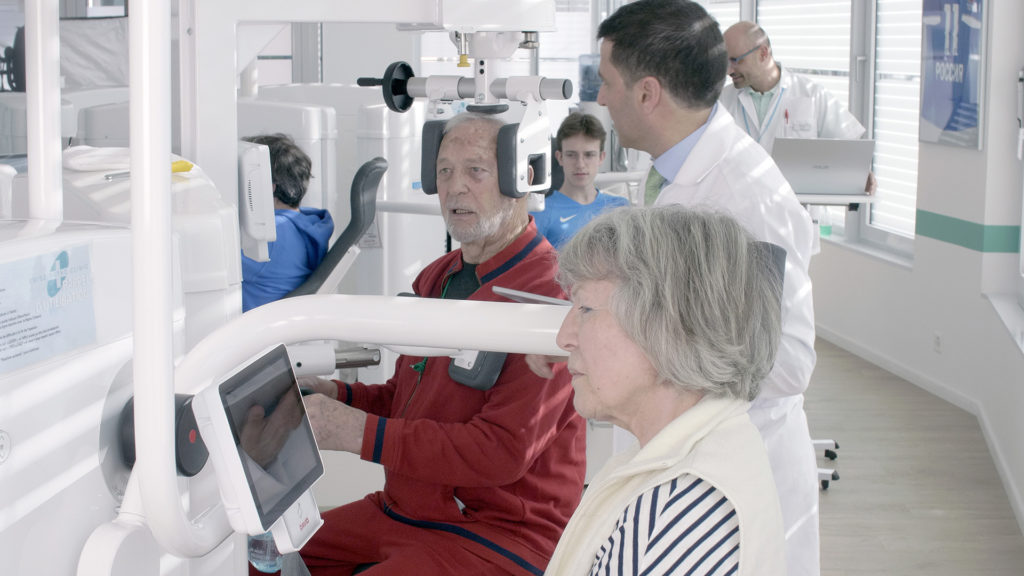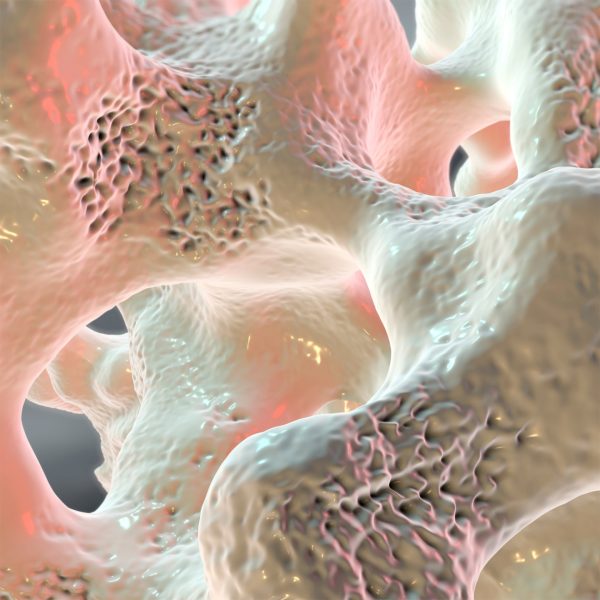What is osteoporosis?
Osteoporosis is a disease that weakens bones by reducing their density, increasing the risk of fractures, particularly of the wrist, hip and vertebrae. With age, bone mass naturally decreases, but in some people this loss is greater, making the bones more vulnerable. Osteoporosis mainly affects women after the menopause, but men can also be affected.
Osteoporosis weakens bones and increases the risk of fractures.
Menopause and aggravating factors
Menopause plays a key role in bone loss. The reduction in estrogen leads to an acceleration in the breakdown of bone density, increasing the risk of fractures. Estrogen plays a protective role by regulating bone remodeling: it limits bone resorption (destruction of bone) and encourages the formation of new bone cells. When estrogen levels fall sharply after menopause, the balance is upset, leading to rapid bone loss, particularly in the first few years after menopause.
Menopause accelerates bone loss!
Other aggravating factors include a sedentary lifestyle, a diet low in calcium and vitamin D, excessive alcohol consumption, smoking and certain genetic predispositions.
Moreover, bone density is mainly built up before the age of 30. A lack of physical activity and an inadequate diet during youth increase the risk of osteoporosis later in life. Encouraging a healthy lifestyle from an early age is therefore essential.
Strengthening your bones: a necessity
Contrary to popular belief, physical activity is essential in the fight against osteoporosis – and not just any kind of activity! It’s often said that you should take it easy on your bones, preferring to exercise in the pool to avoid stressing them. But the reality is quite different: to strengthen bones, you need to stimulate them by imposing loads on them.
Contrary to popular belief, you need to stimulate your bones, not spare them, in order to strengthen them!
Bones react to mechanical stress by strengthening themselves. This means that high-impact exercise, such as brisk walking or light running, or movement with moderate to high loads, promotes bone regeneration. Conversely, the weightlessness of water reduces this stimulation and, while beneficial for joints, does not significantly improve bone density.

Weight training: an effective treatment
- It’s a common misconception that lifting weights can weaken a person suffering from osteoporosis. Yet scientific studies show the opposite: when properly supervised, weight training is a genuine treatment for osteoporosis. The Liftmor* study, carried out on osteoporotic women, demonstrated that a high-intensity weight training program (including squats, deadlifts and presses) over eight months resulted in:
- 2.9% increase in lumbar bone density
- 13.6% gain in cortical thickness (dense, solid outer layer of bone)
- Significant improvement in balance, strength and mobility
- No fractures or serious injuries
Which exercises to choose?
To strengthen your bones effectively, focus on :
- Weight-bearing exercises: walking, climbing stairs, light jumps, dancing.
- Muscle strengthening with weights: squats, lunges, deadlifts with appropriate loads.
- Proprioception and balance exercises: yoga, tai chi, which also reduce the risk of falls and fractures.

How can you take action now?
1. Perform a DXA test to assess bone density, especially after age 50 or if there are risk factors.
2. Incorporate weight-bearing exercises (squats, deadlifts, presses) and high-impact activities (jumps, landings).
3. Optimize your diet with sufficient protein, calcium, vitamin D and magnesium.
4. Avoid ultra-processed foods, limit alcohol and stop smoking.
5. Encourage young people to get moving and adopt an active lifestyle from an early age.
A change of perspective
Rather than avoiding the load, adopt it intelligently! Osteoporosis is not inevitable, and by adopting the right habits, you can preserve your bone strength and independence for longer.
So, are you ready to do something for your bones?
Sources :
*Liftmore Study: https://pubmed.ncbi.nlm.nih.gov/28975661/
